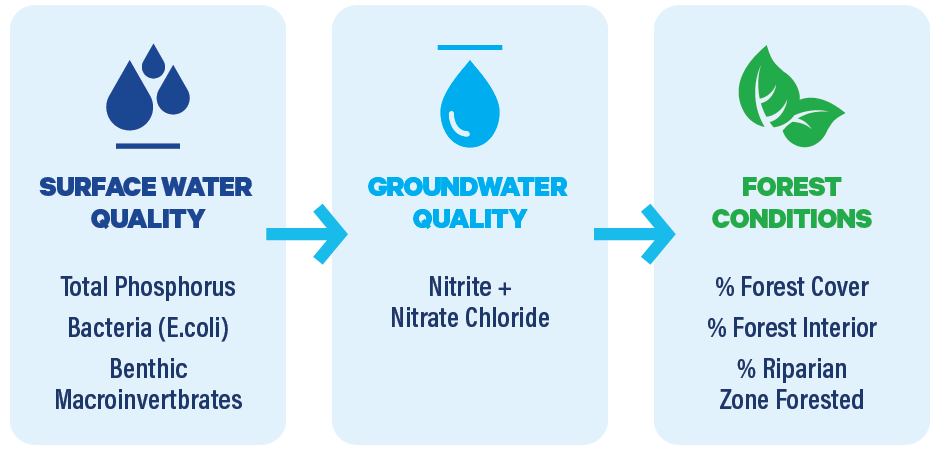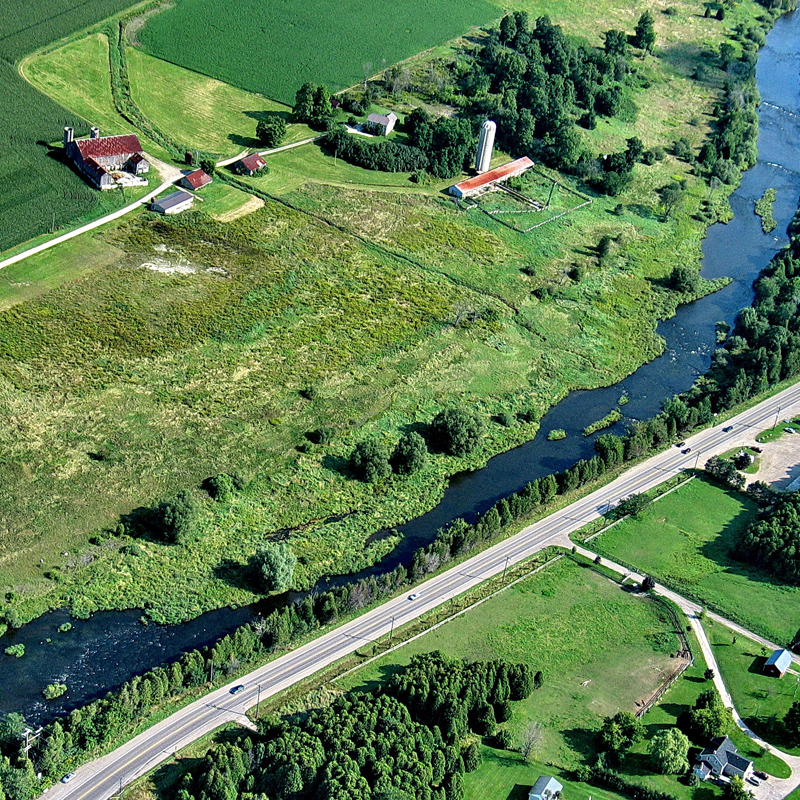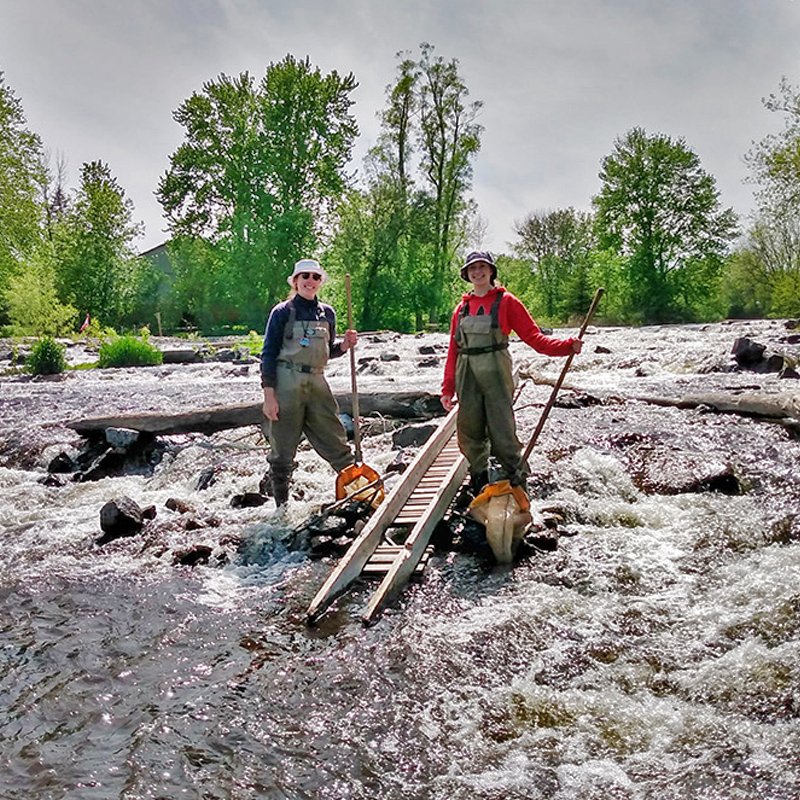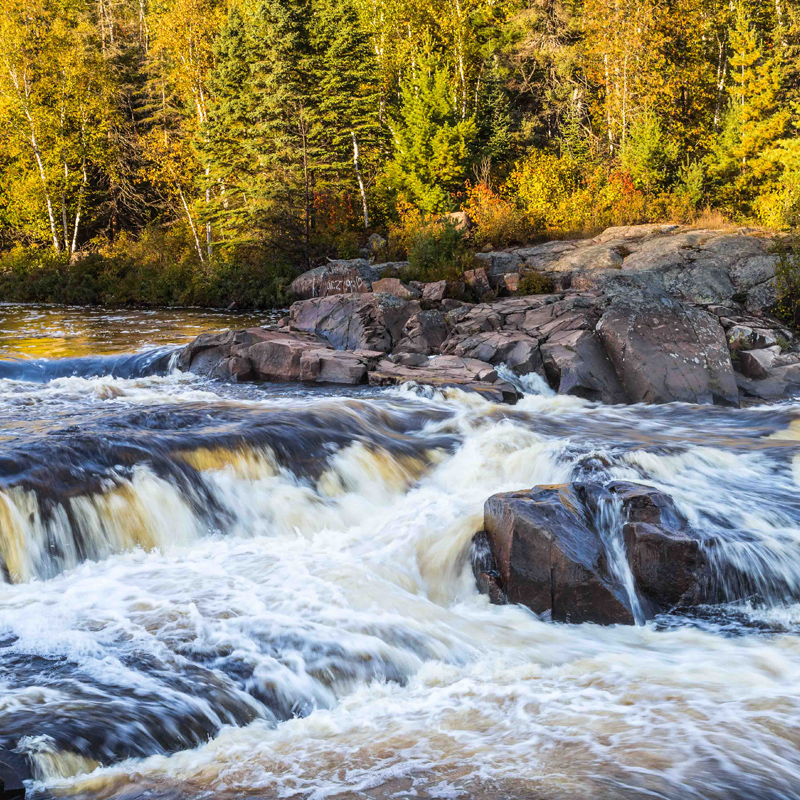Resource Categories & Indicators
Conservation Authority Watershed Report Cards measure and report on three resource categories: Surface Water Quality, Groundwater Quality and Forest Conditions with a set of indicators for each category.
The conservation authorities chose these three resource categories because they relate to two key Conservation Authority business functions: protecting and enhancing water quality, and preserving and managing natural areas.
As resources permit, some conservation authorities have also reported on wetland conditions within their watersheds. Guidance has been provided to the CAs but it is not a required indicator.
Not each Conservation authority has equal resources to track and analyse local conditions, or have not been collecting data for the same length of time. Conservation authorities indicate on the report cards if there is insufficient or no data available for an indicator.
As well, for the same reason, conservation authorities do not report on forest biodiversity which is an important indicator for the health of forests. The greater the variety of native species for both trees and vegetation, the more resilient a forest and its surrounding area is to climate change impacts such as drought, extreme weather and invasive species.
Some Conservation Authorities have added additional categories, however, standardized criteria and grades have not been developed for these at this time.







